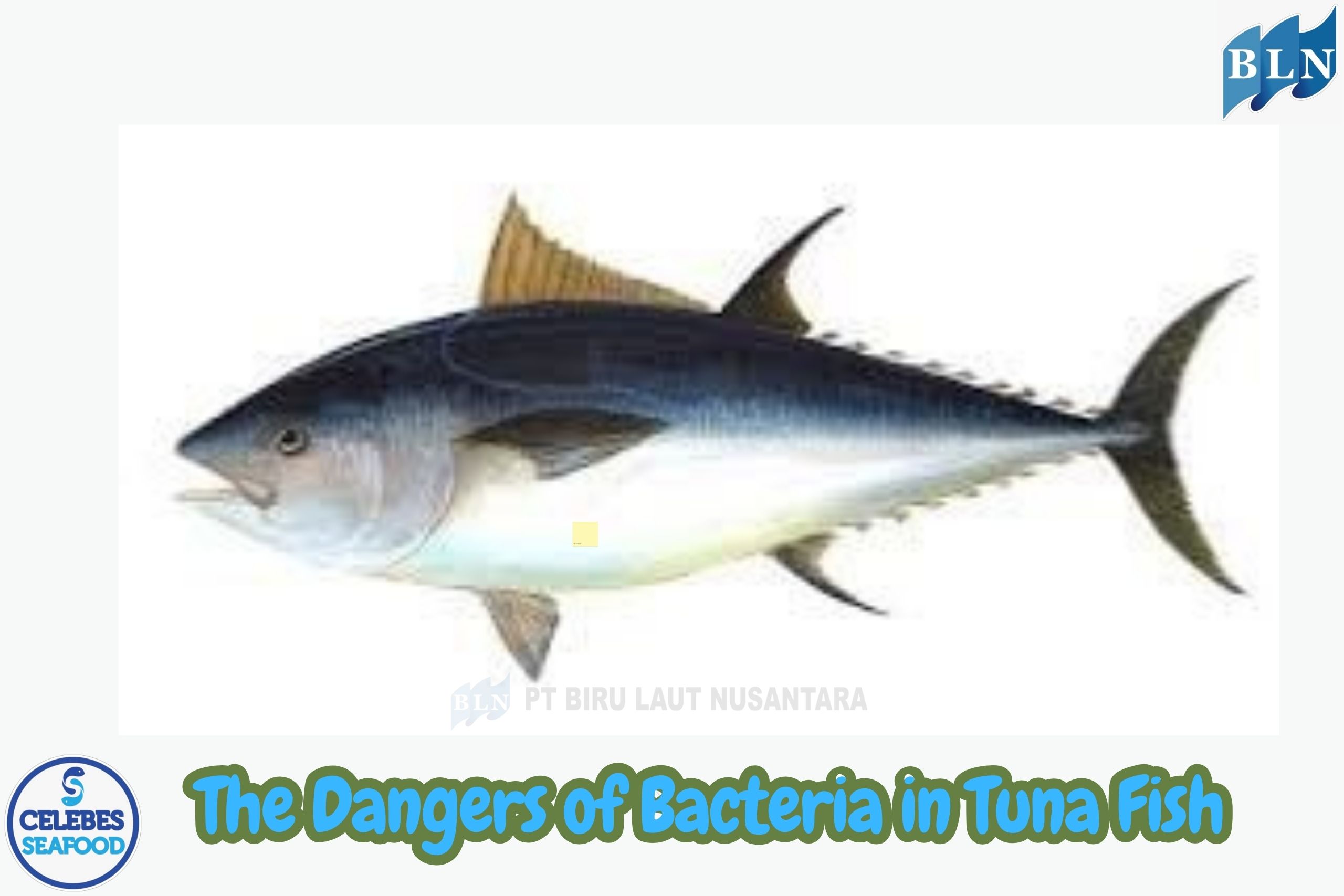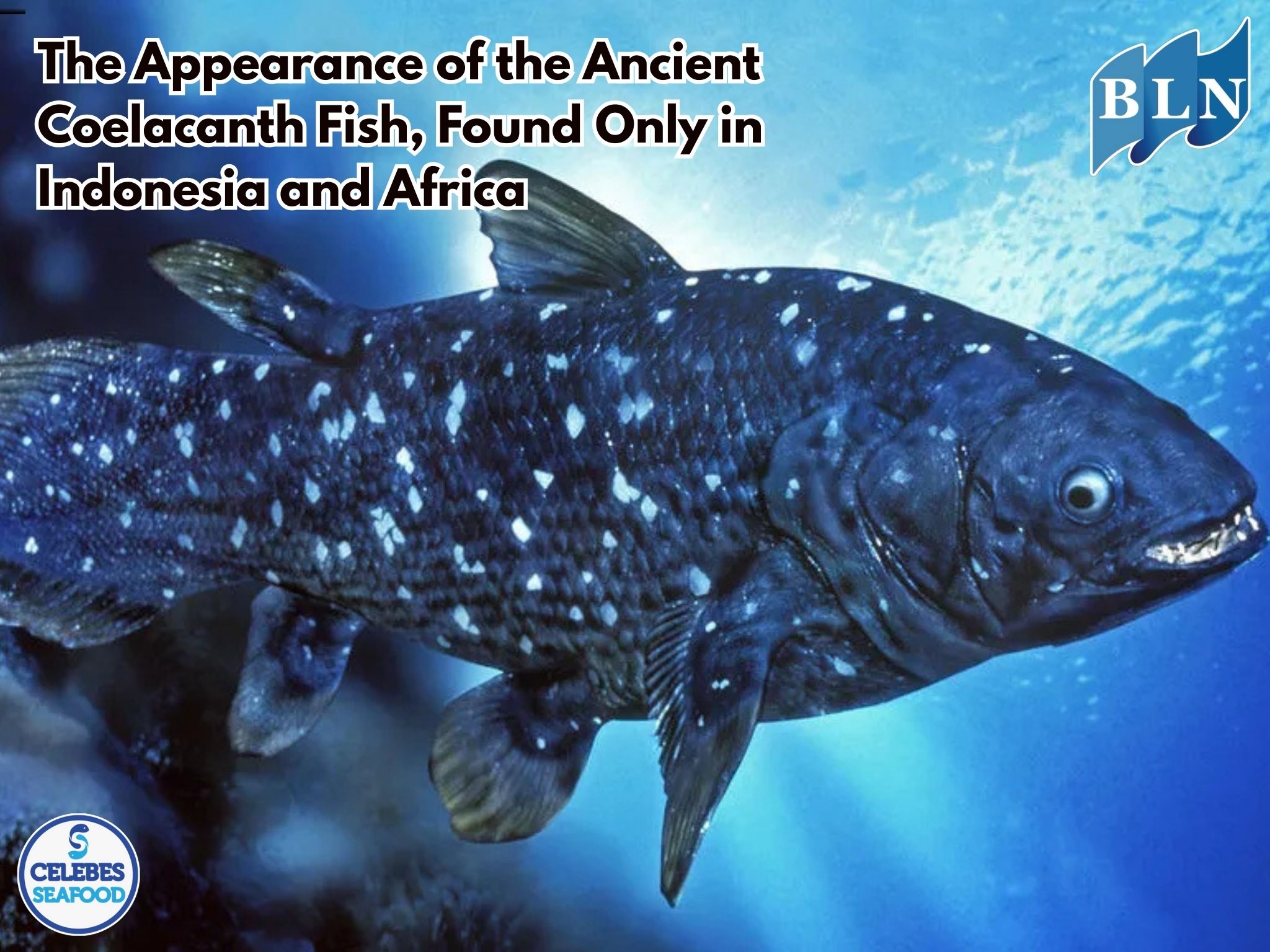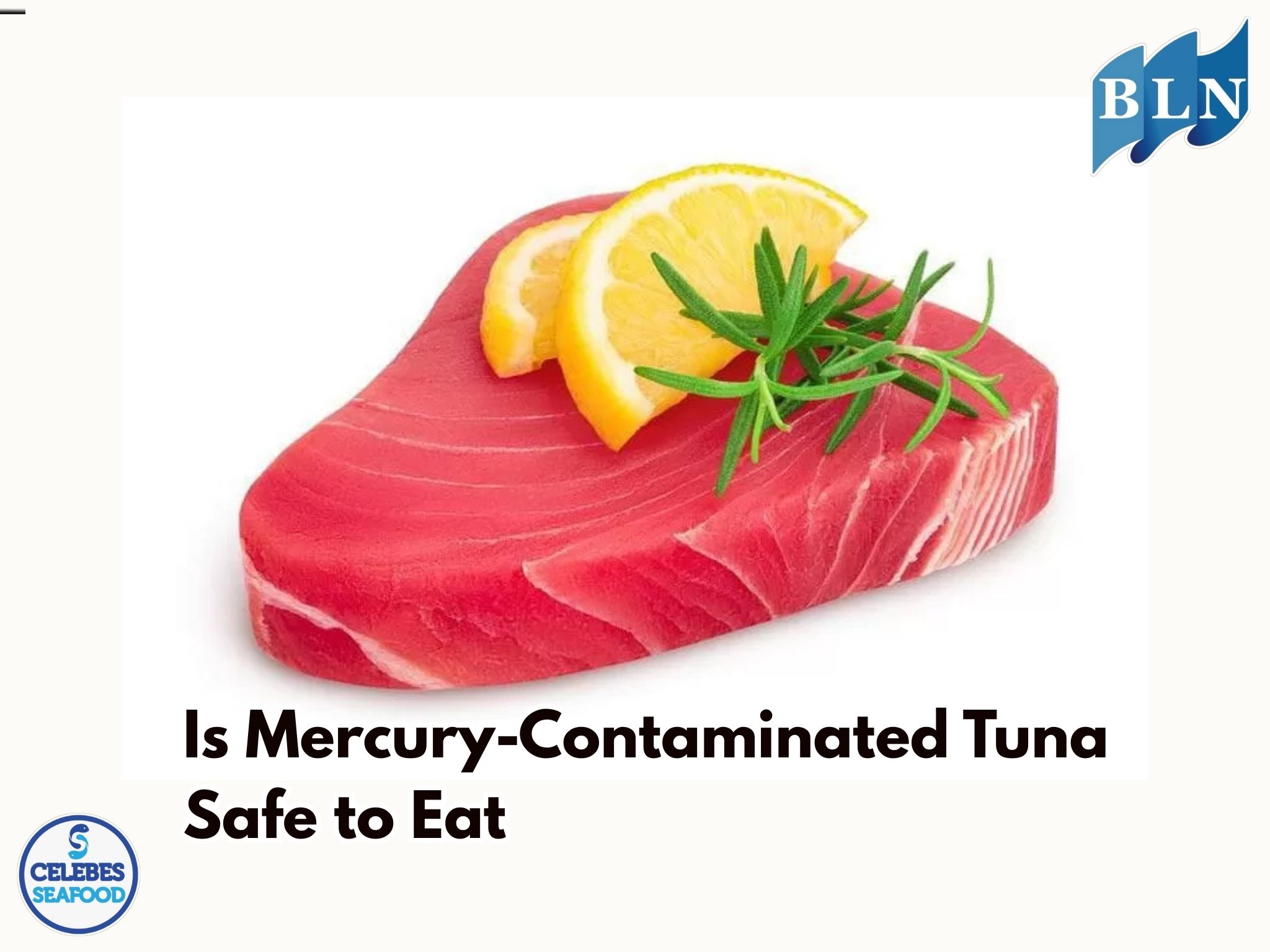Exploring the Nutritional Transformations in Smoked Fish
By. Nevanda - 14 Sep 2023
lautnusantara.com - The art of smoking fish has been practiced for centuries, originating as a preservation method and evolving into a culinary delicacy appreciated worldwide. Smoked fish, whether it's salmon, trout, mackerel, or another variety, undergoes a fascinating transformation during the smoking process. Beyond the rich and smoky flavor, have you ever wondered how this traditional technique affects the nutritional profile of fish?
1. Protein Preservation and Breakdown
Smoking helps preserve the protein content in fish. The heat and smoke act as natural preservatives, inhibiting bacterial growth and enzymatic activities that lead to protein degradation. This means that smoked fish retains a significant portion of its protein content. However, during the smoking process, some protein denaturation and coagulation can occur, altering the texture and structure of the fish. This transformation contributes to the characteristic flakiness and firmness of smoked fish.
2. Fat Content and Flavor Enhancement
One of the most noticeable changes in smoked fish is the concentration of flavors. Smoking reduces the water content in the fish, intensifying its taste. The fat content remains relatively stable, but the concentrated flavors can give the impression of increased richness. The fat in fish is primarily composed of healthy omega-3 fatty acids, which are beneficial for heart and brain health. Smoking doesn't significantly alter the omega-3 content, making smoked fish a nutritious source of these essential fatty acids.
3. Sodium Levels and Concerns
In the smoking process, smoked fish is often brined or dry-cured before smoking. This step introduces salt (sodium chloride) into the fish to enhance flavor and preservation. As a result, smoked fish tends to have a higher sodium content compared to fresh fish. While sodium is an essential nutrient, excessive consumption can contribute to high blood pressure and other health issues, so it's essential to monitor your sodium intake, especially if you have dietary restrictions or health concerns.
4. Loss of Water and Nutrient Concentration
The smoking process causes a loss of water from the fish, leading to a concentration of nutrients. This means that, ounce for ounce, smoked fish often contains more nutrients than its fresh counterpart. This includes vitamins and minerals like B vitamins, selenium, and potassium, all of which play crucial roles in maintaining health.
Read also: The Pacific Bluefin Tuna Remarkable Migration Patterns
5. Potential Downsides: Salt, Smoke, and Byproducts
While smoked fish offers many nutritional benefits, it's essential to be aware of potential downsides. The higher sodium content, as mentioned earlier, can be a concern for individuals with certain health conditions. Additionally, the smoking process can produce certain compounds called polycyclic aromatic hydrocarbons (PAHs) and heterocyclic amines (HCAs), which are associated with cancer risk when consumed in large amounts.
Smoked fish, with its rich flavors and extended shelf life, is a culinary tradition cherished around the world. Understanding the nutritional changes that occur during the smoking process can help you make informed choices about incorporating smoked fish into your diet. Whether you savor it as an occasional treat or a regular source of omega-3 fatty acids, smoked fish can be a delicious and nutritious addition to a balanced eating plan. As with any food, moderation and mindful consumption are key to reaping its benefits while minimizing potential drawbacks.








